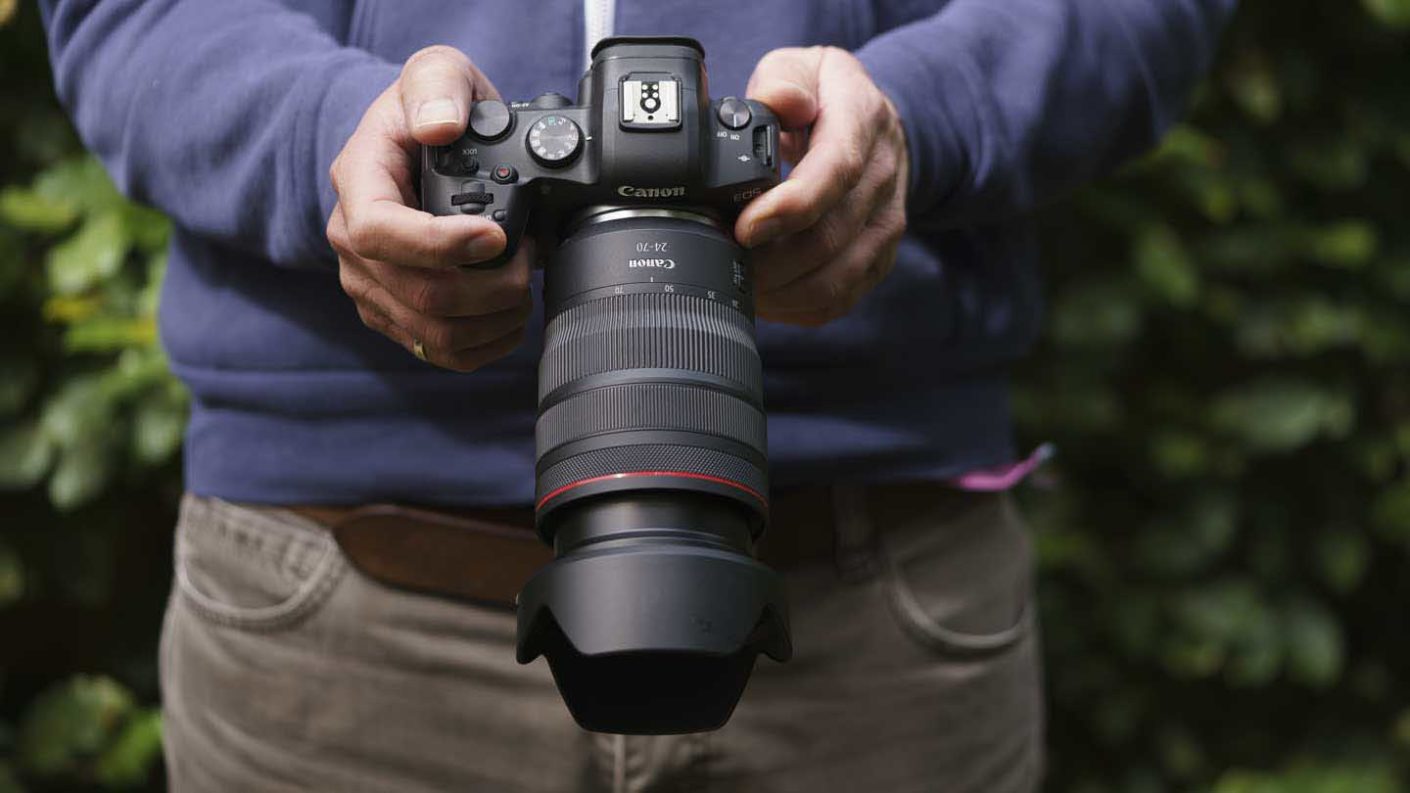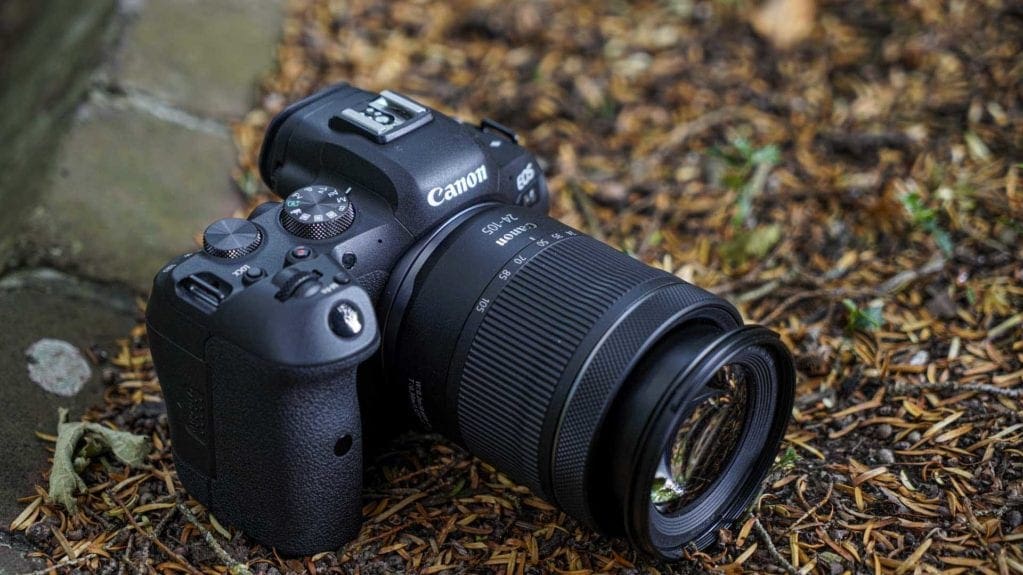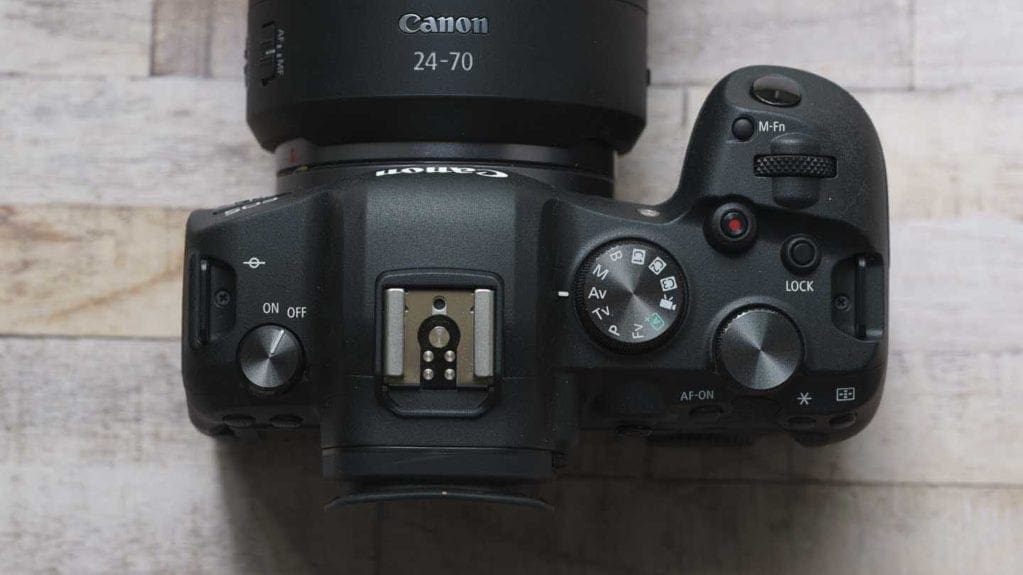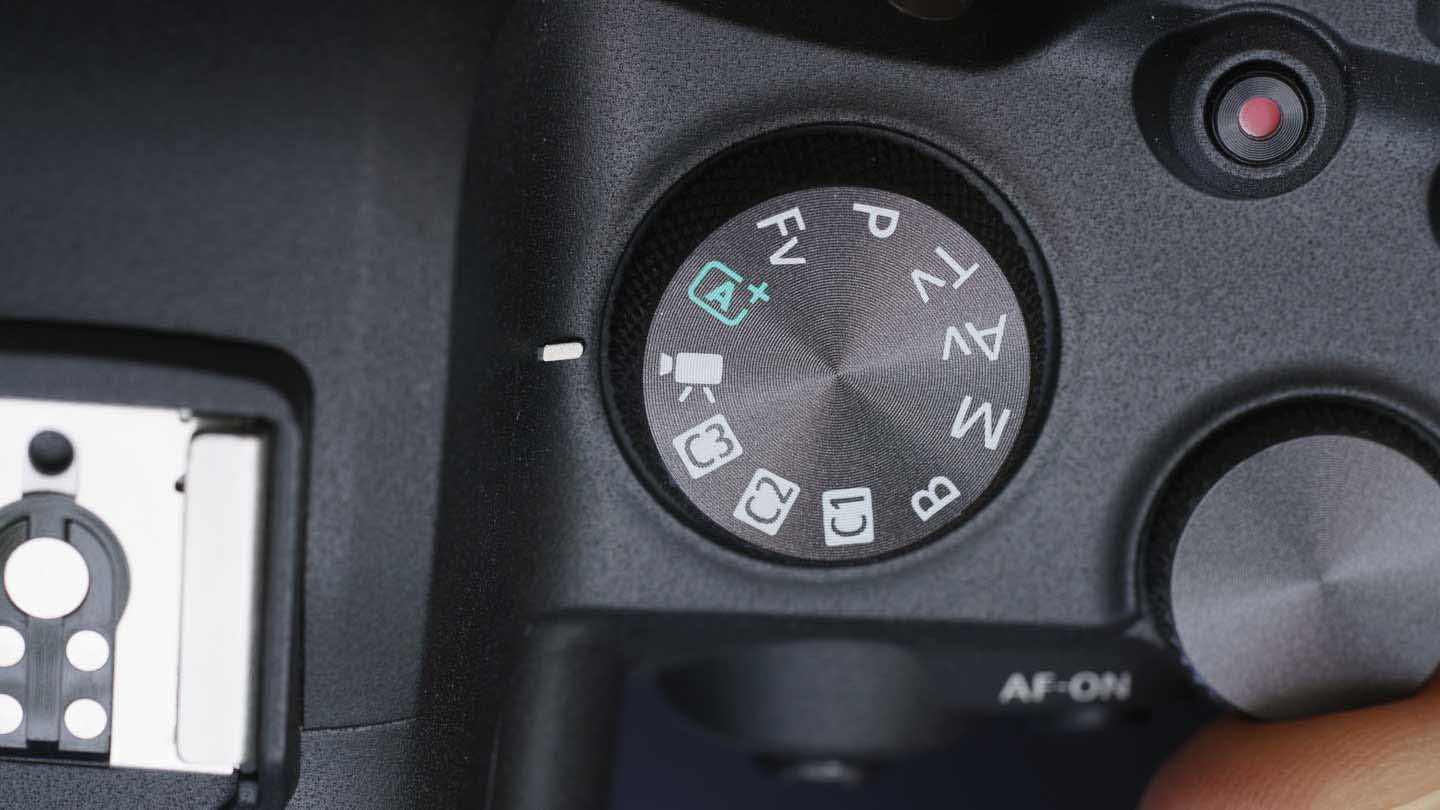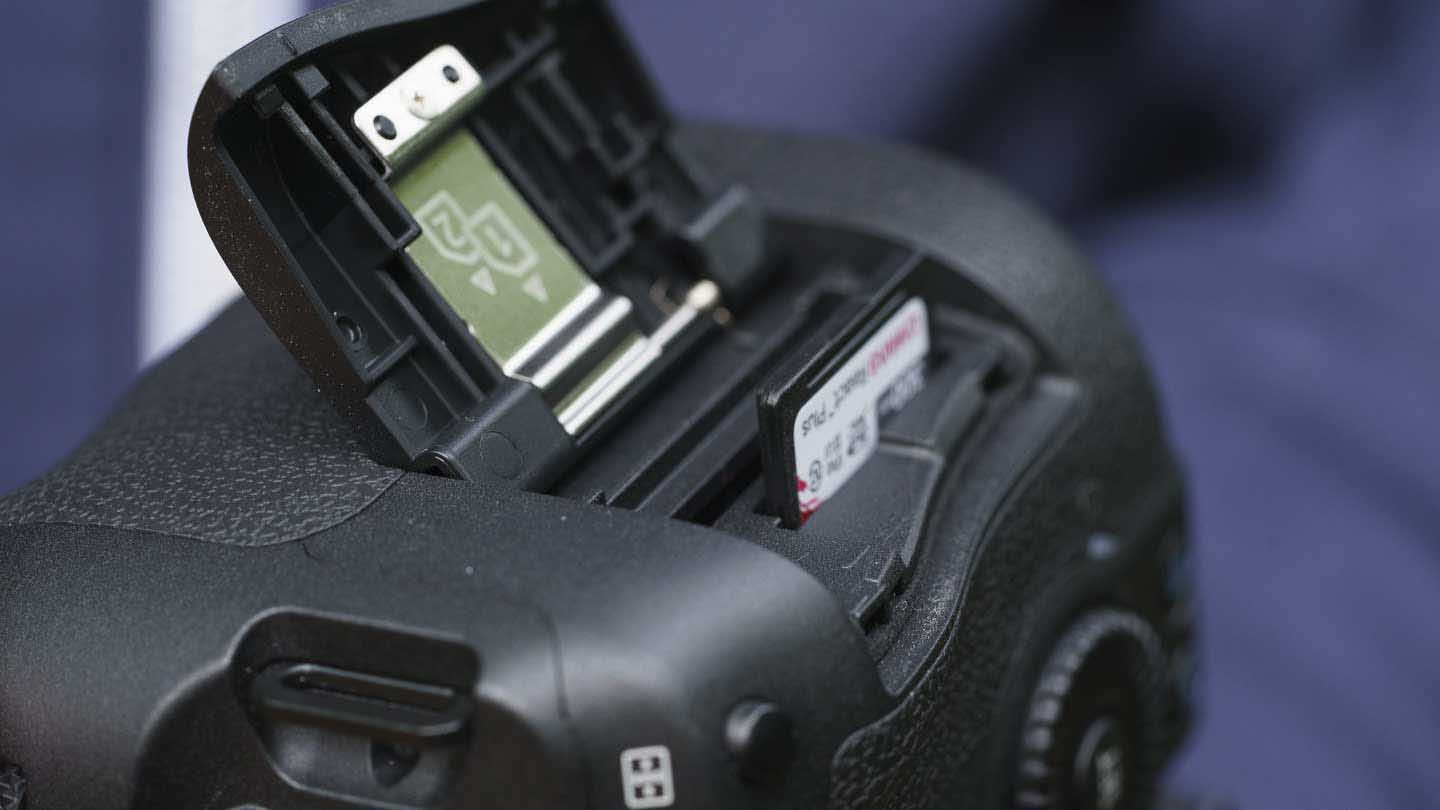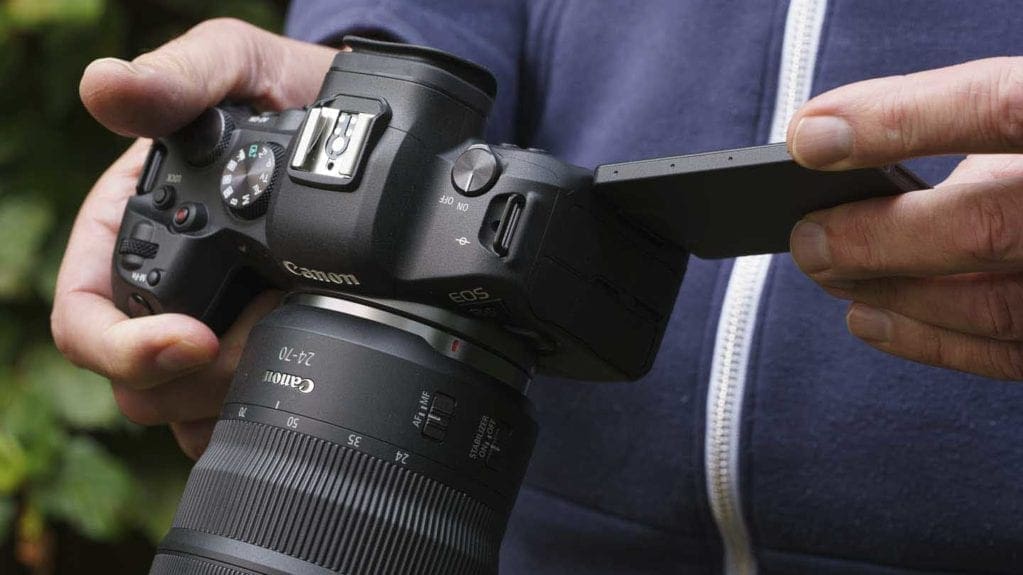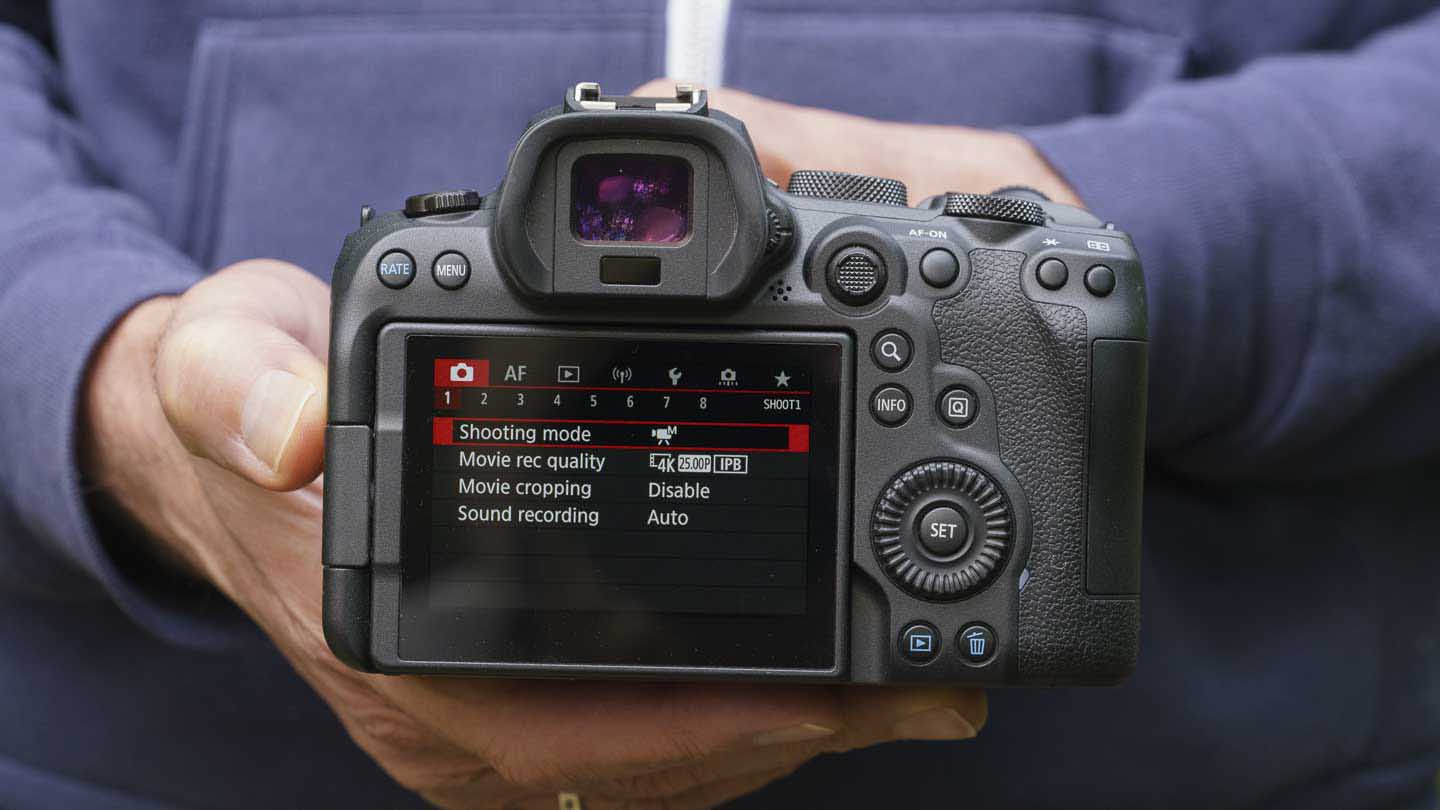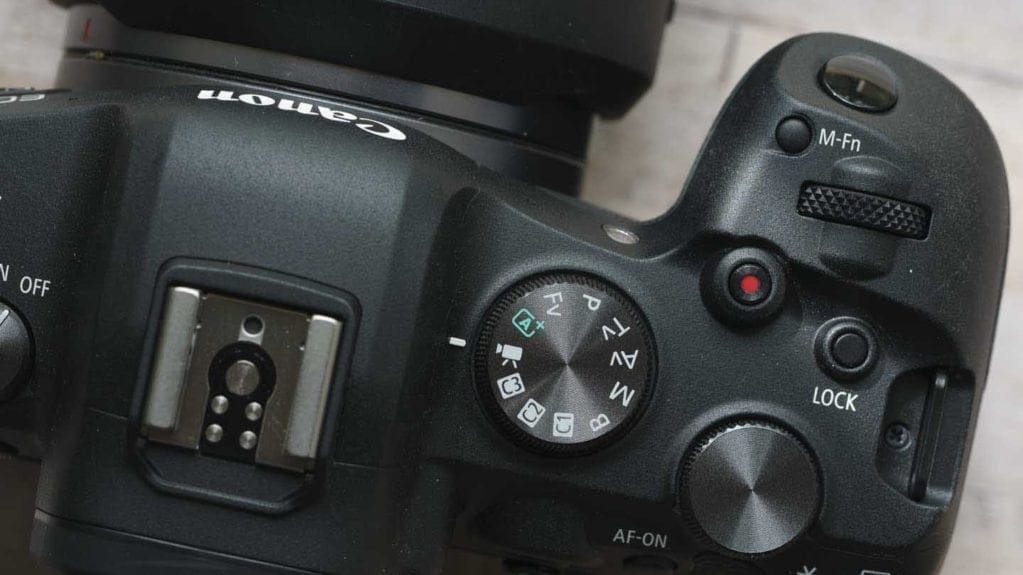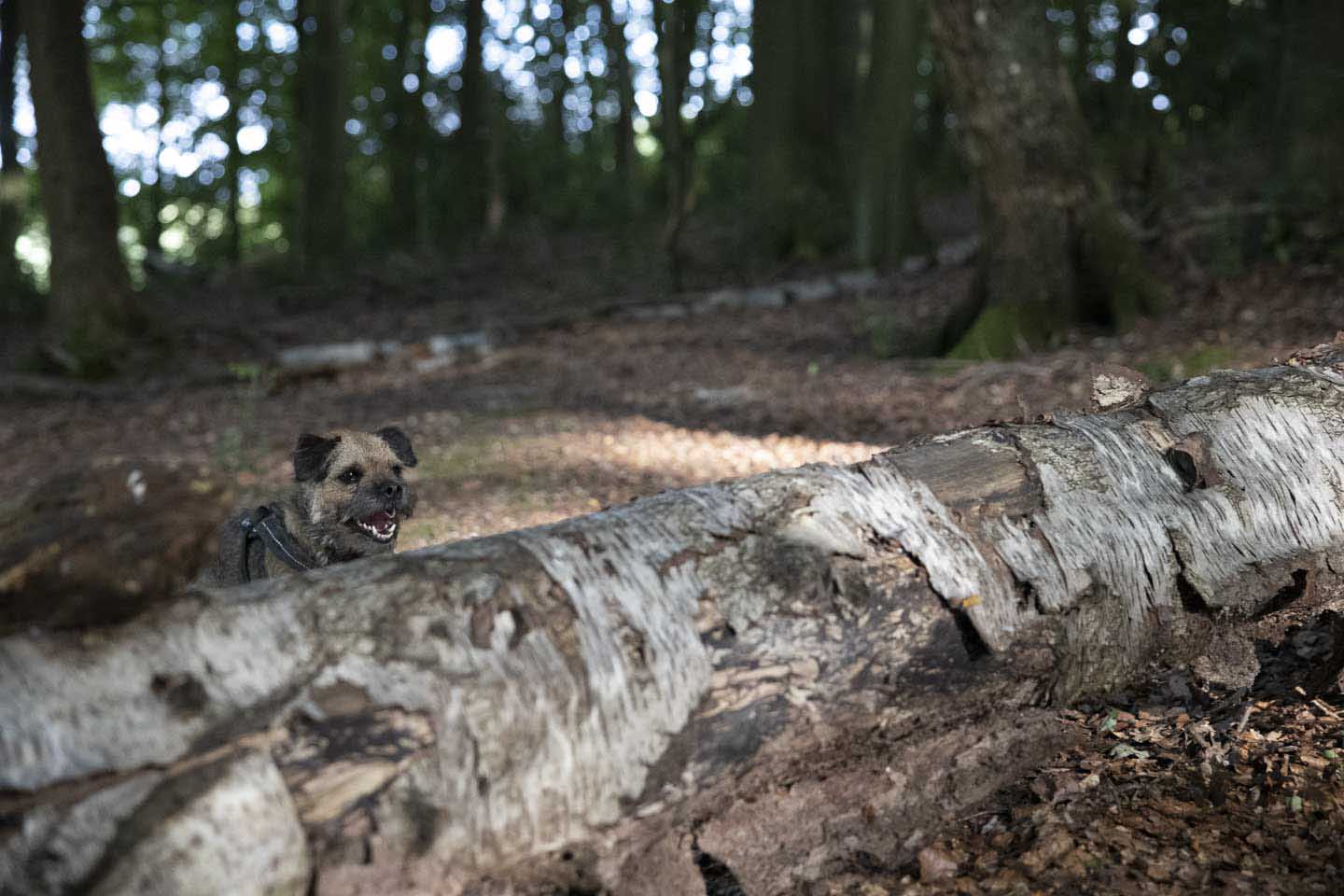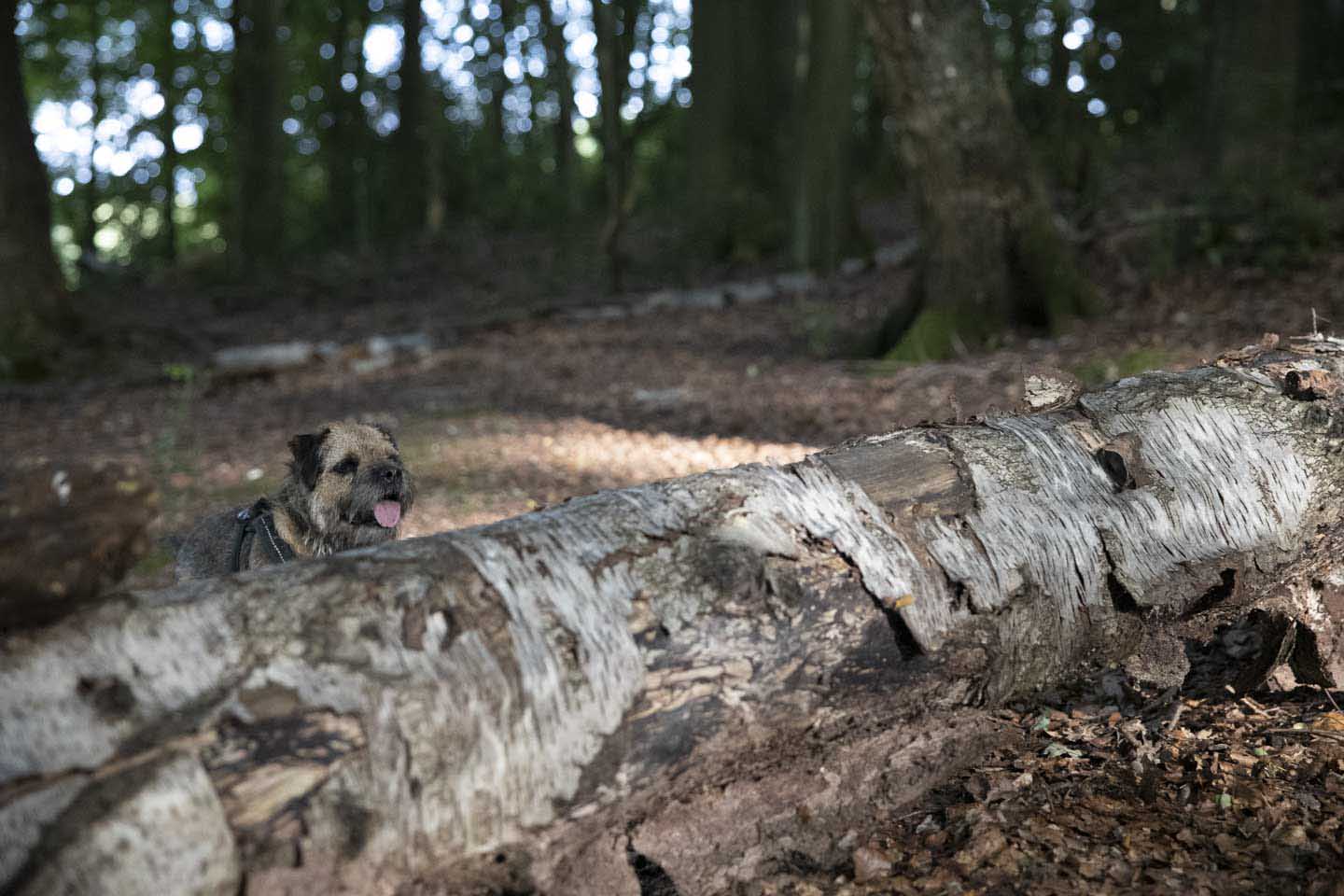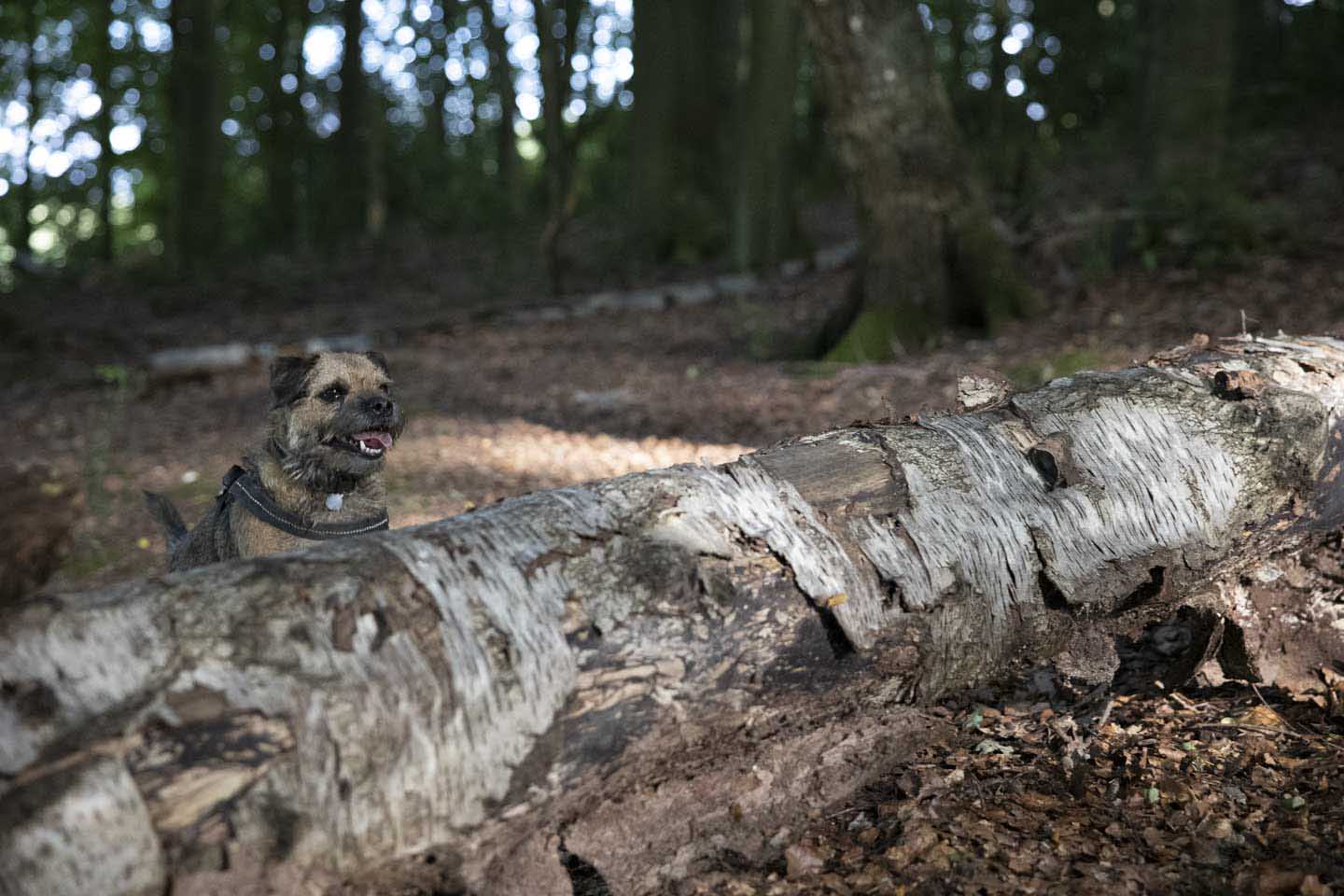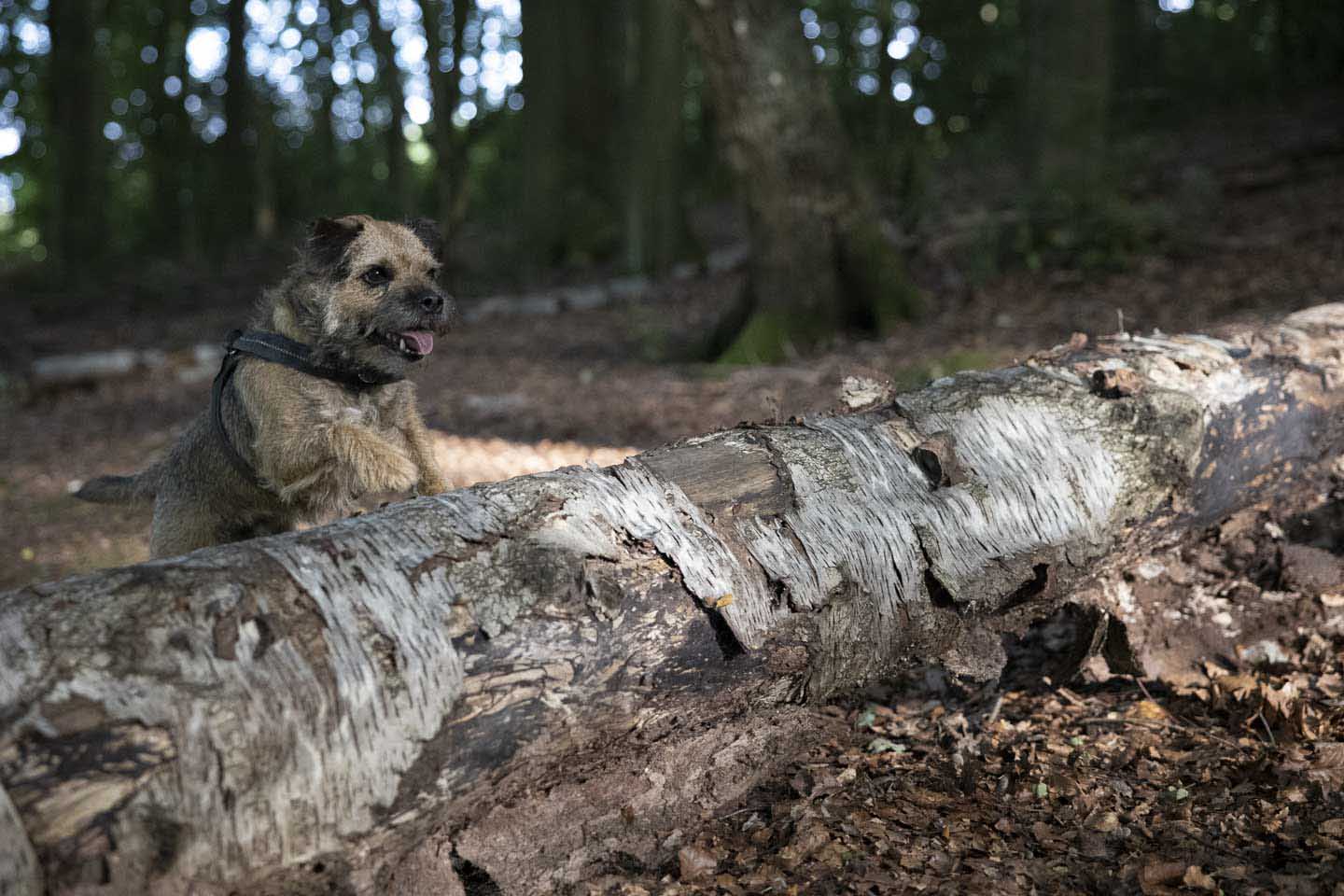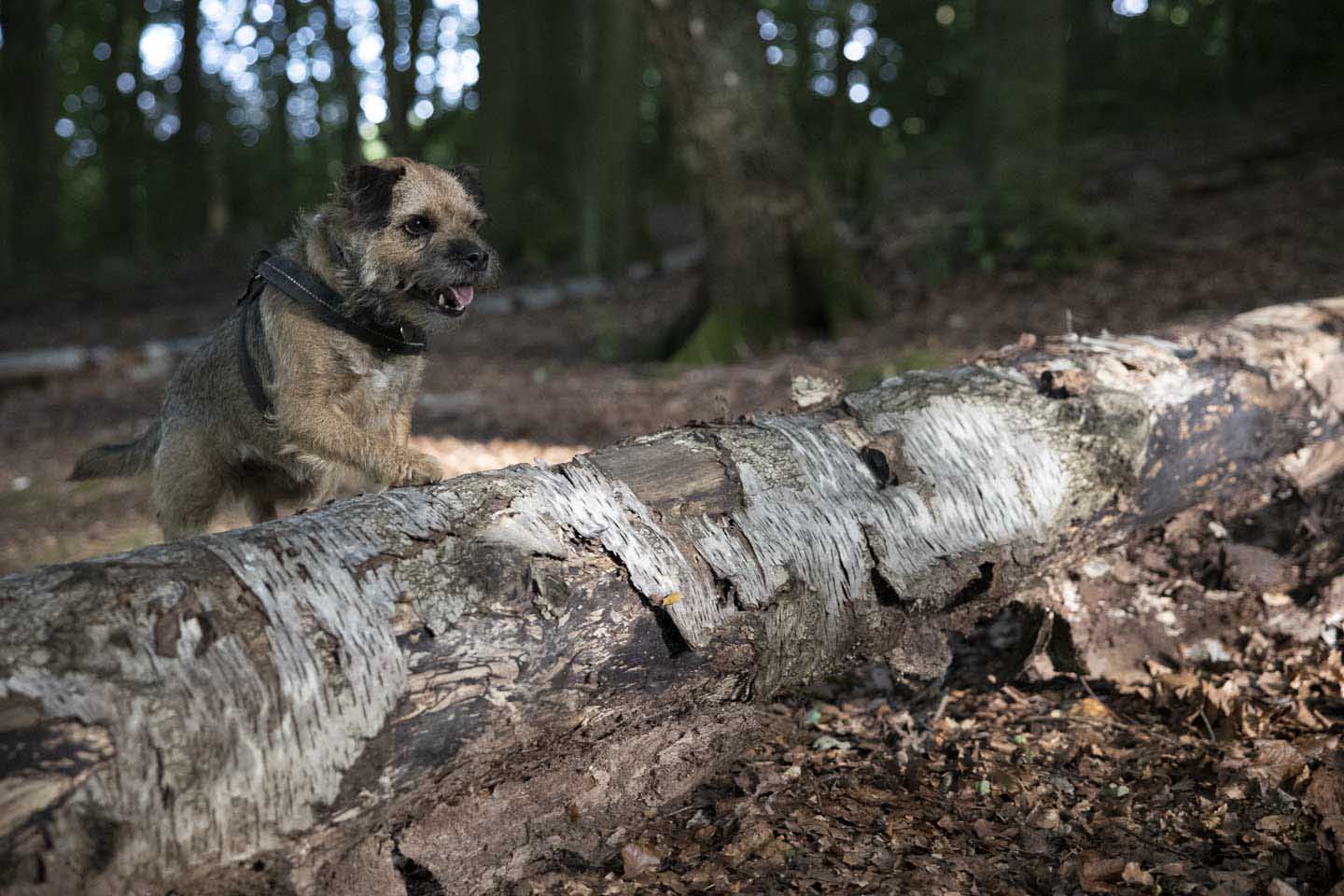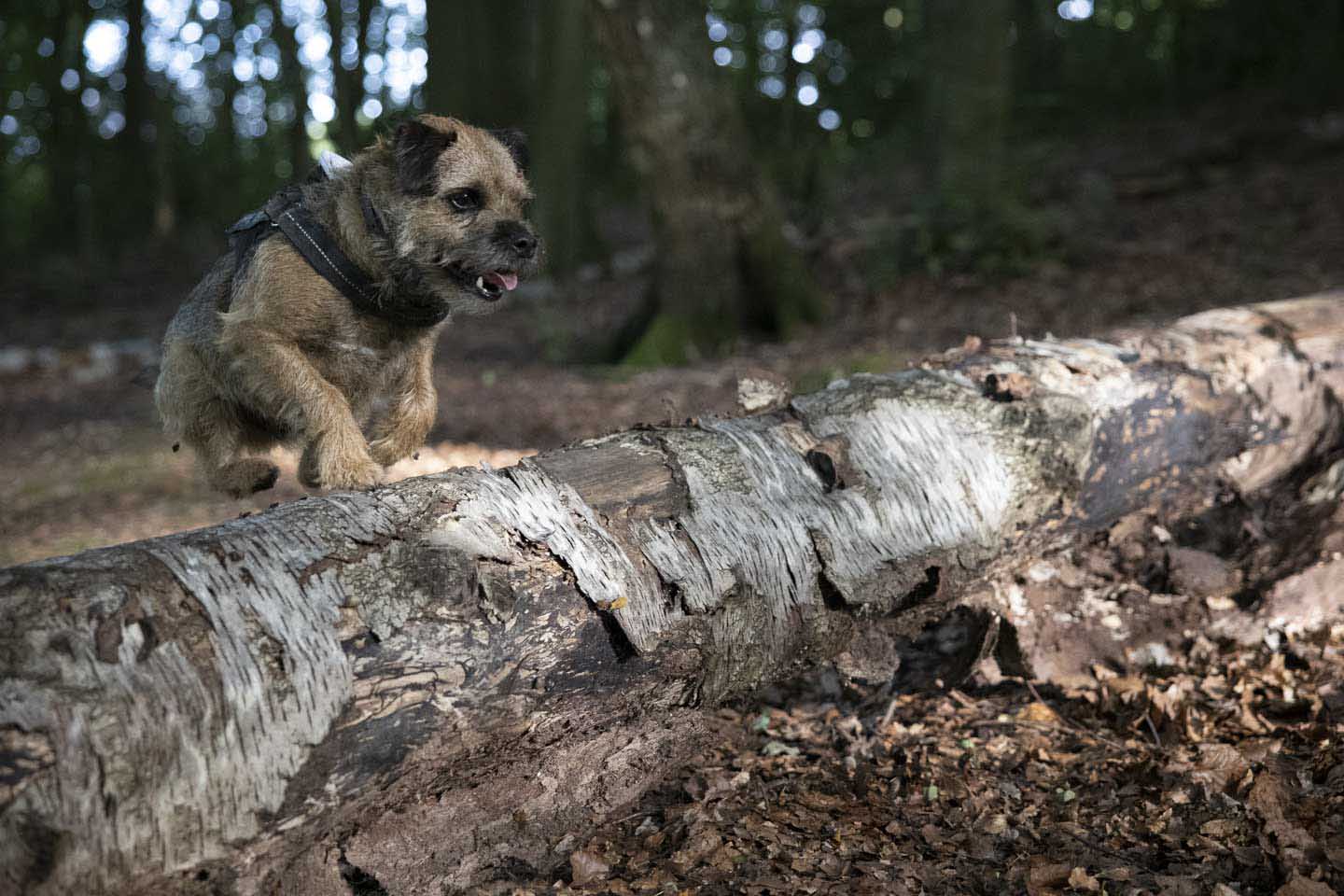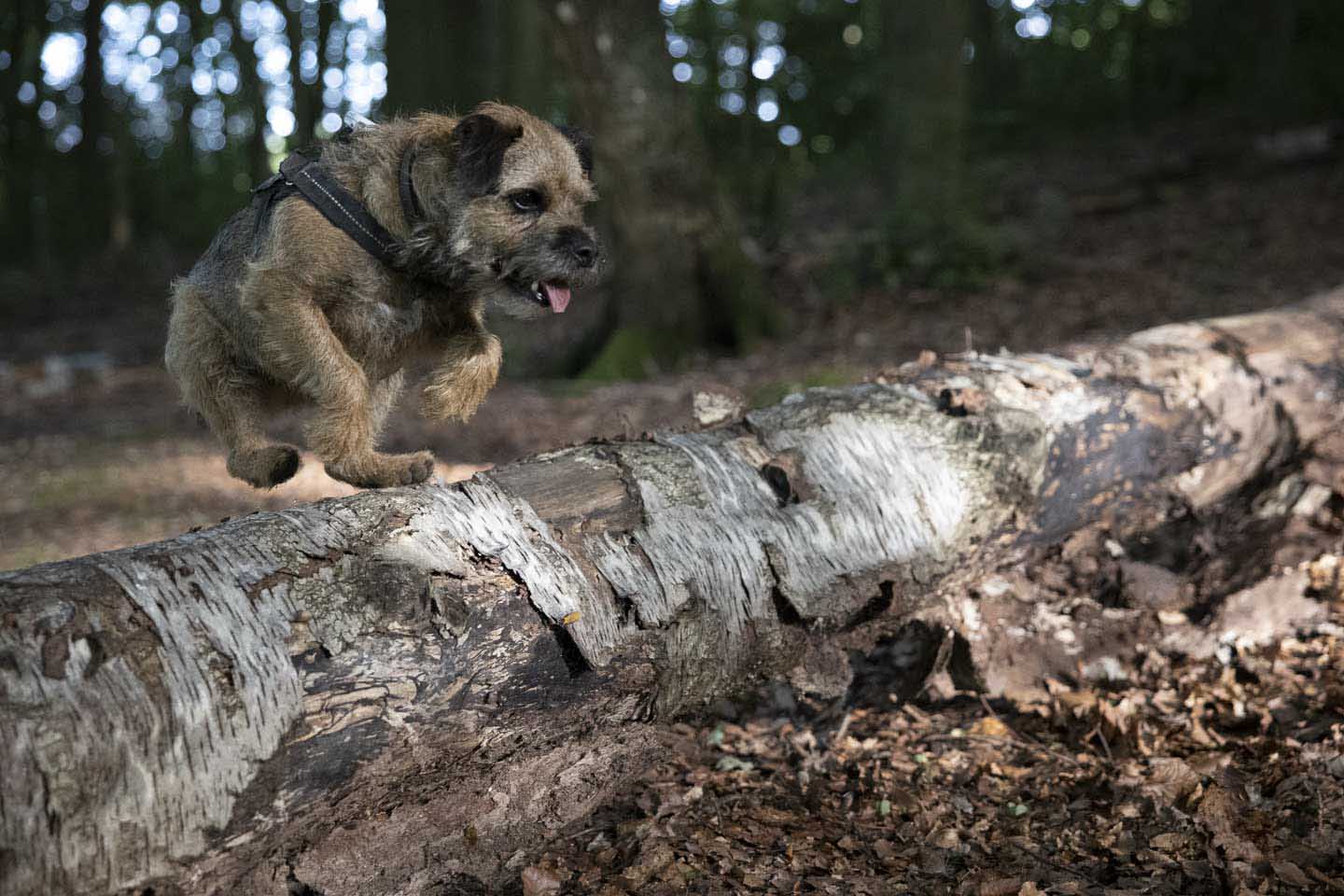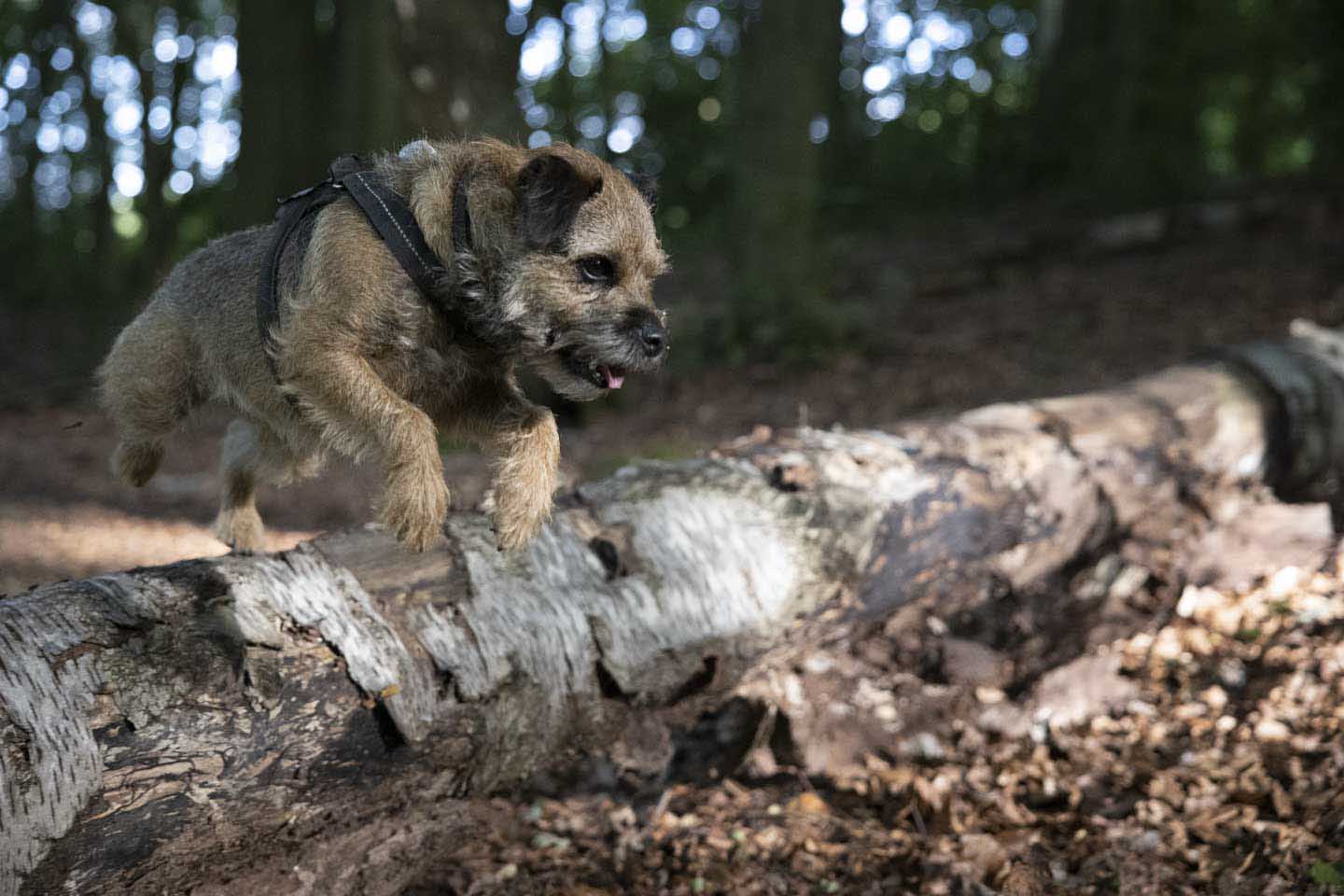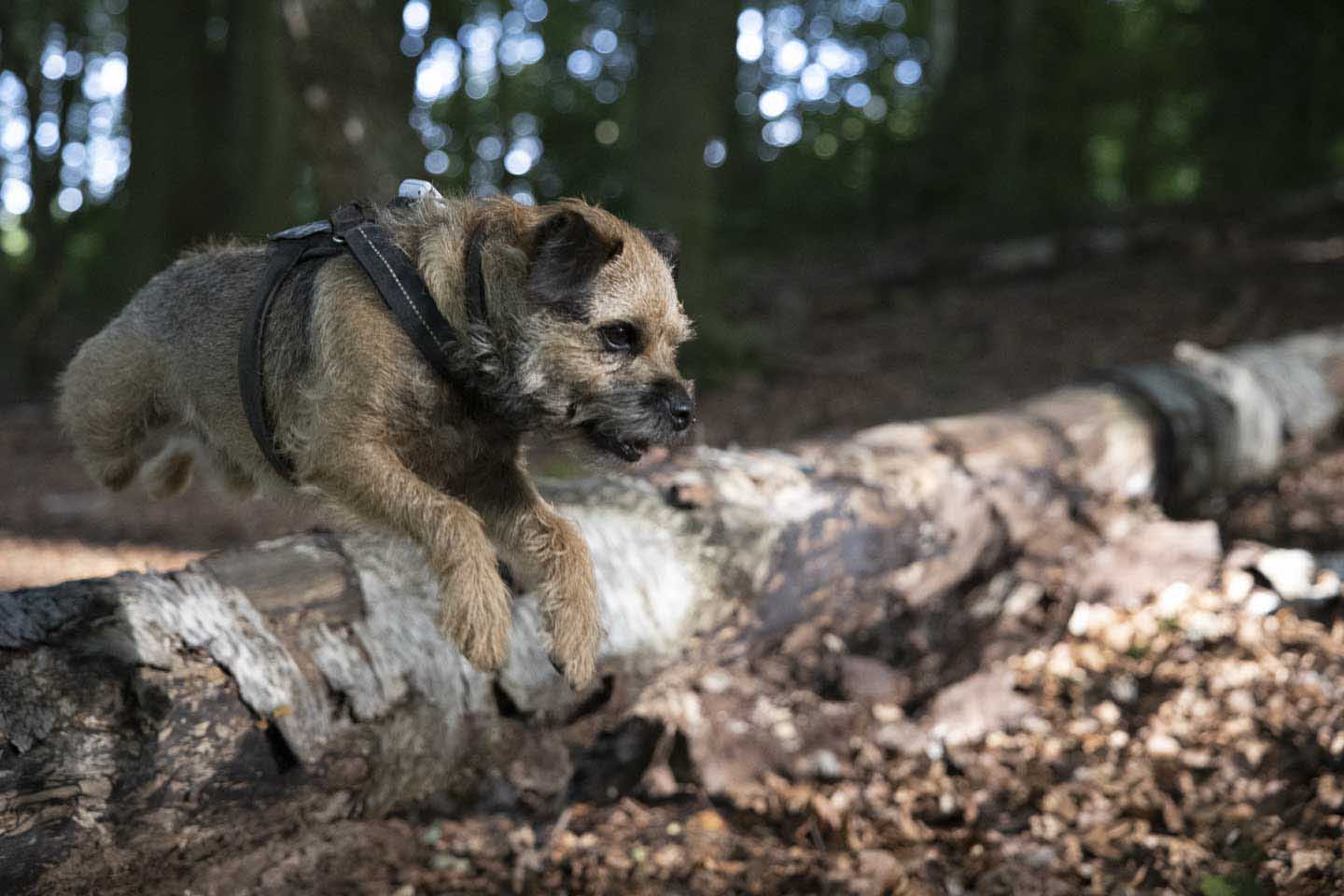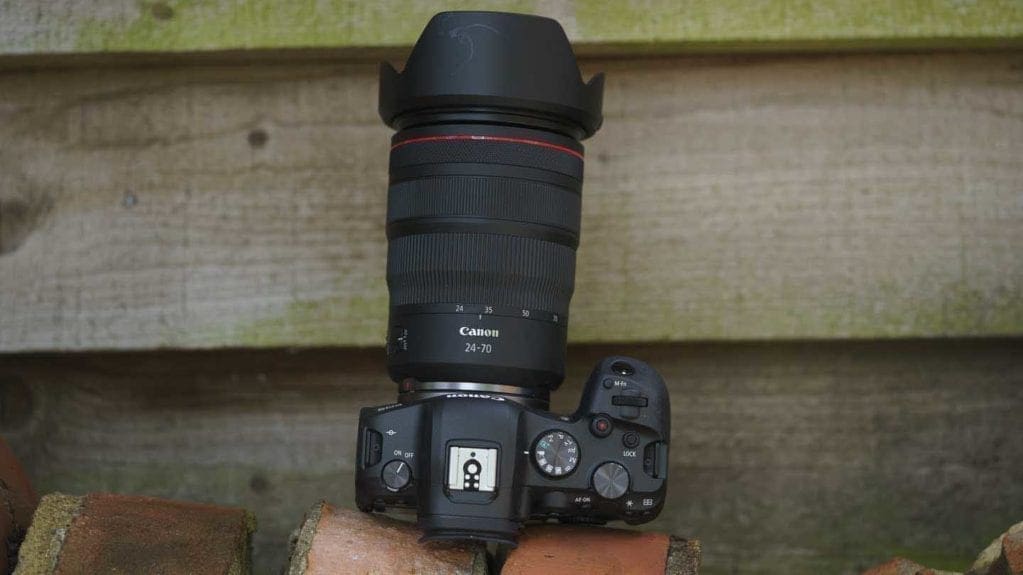The Canon EOS-1D X Mark III is a phenomenal camera so it’s great news that the Canon EOS R6 has a very similar sensor. However, enthusiast photographers tend to be more concerned with detail resolution than the news and sports photographers who use the Canon EOS-1D X Mark III.
So, to put the Canon EOS R6’s sensor in context, its full resolution images have 5472 x 3648 pixels. This means that at 300ppi, prints measure 46.33 x 30.89cm or 18.24 x 12.16inches. That’s larger than A3 size and creating A3+ (48.3 x 32.9cm) prints only requires the resolution to drop to around 280ppi. That’s probably large enough for most photographers – unless you’re in the habit of making dramatic crops.
Colour is also an important consideration and the Canon R6 produces very nice colours with smooth gradations.
I shot in a wide range of conditions during my testing, but I stuck with the Evaluative metering system throughout. Checking the EXIF data of my images confirms that I made quite a bit of use of the exposure compensation control or dialled in different exposure settings to those recommended by the camera. However, the accurate preview provided by the viewfinder and screen means that the images are usually captured as I want them to look.
As I mentioned, I used the RF lens control ring to adjust exposure compensation, it’s quick and easy.
Canon EOS R6 Image Quality
Some photographers may be a little disappointed that the R6 has a 20Mp chip rather than a 24, 26 or 30Mp sensor, but keeping the pixel count down helps enable better noise control.
I found that the EOS-1D X Mark III controls noise very well up to ISO 51,200. My testing reveals that the same is true of the Canon R6. That gives plenty of scope for shooting in music venues (hopefully one day soon we’ll be able to get back to those) and at evening sports events (ditto).
Push up beyond ISO 51,200 and the results remain impressive with the top native setting of ISO 102,400 producing some of the best images I’ve ever seen at that value. Yes, there’s lots of noise in the raw files and the Jpges look a bit on the smooth side, but the colours are good and the noise is evenly distributed with no banding or clumping.
If I was using the R6 for new reporting or evidence gathering, I’d use ISO 102,400 if the conditions demanded it, but for pictorial images, I’d aim to stay at ISO 51,200 or lower.
Dynamic Range
EOS R6 also has a good dynamic range with underexposed low ISO raw files standing up well to significant brightening. That could be of use to anyone wishing to preserve the highlights of a landscape or portrait image.
Below, the shot on the left is the ‘original’ raw file shot at ISO 200. This was deliberately underexposed by 3EV below what the R6’s Evaluative exposure metering recommended. The central image shows the result of brightening the original raw file by 3EV using the Exposure slider in Adobe CameraRaw. Overall, the image looks good with detail visible in areas that look pitch-black in the original image. Increasing the exposure by 5EV Adobe CameraRaw (the image on the right) has proved a step too far for the shadows, the level of noise becomes unacceptable.
-
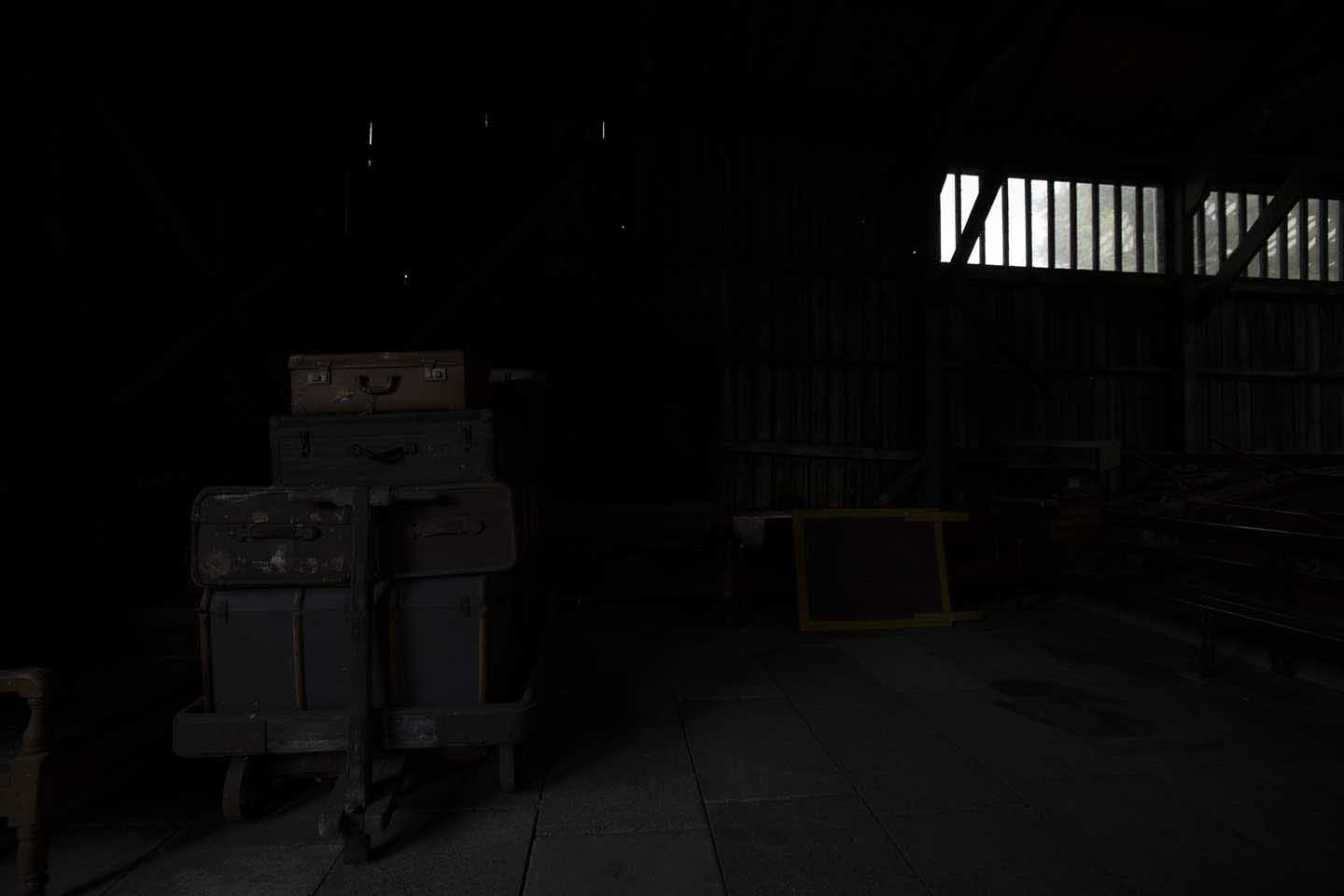
-
Original
-
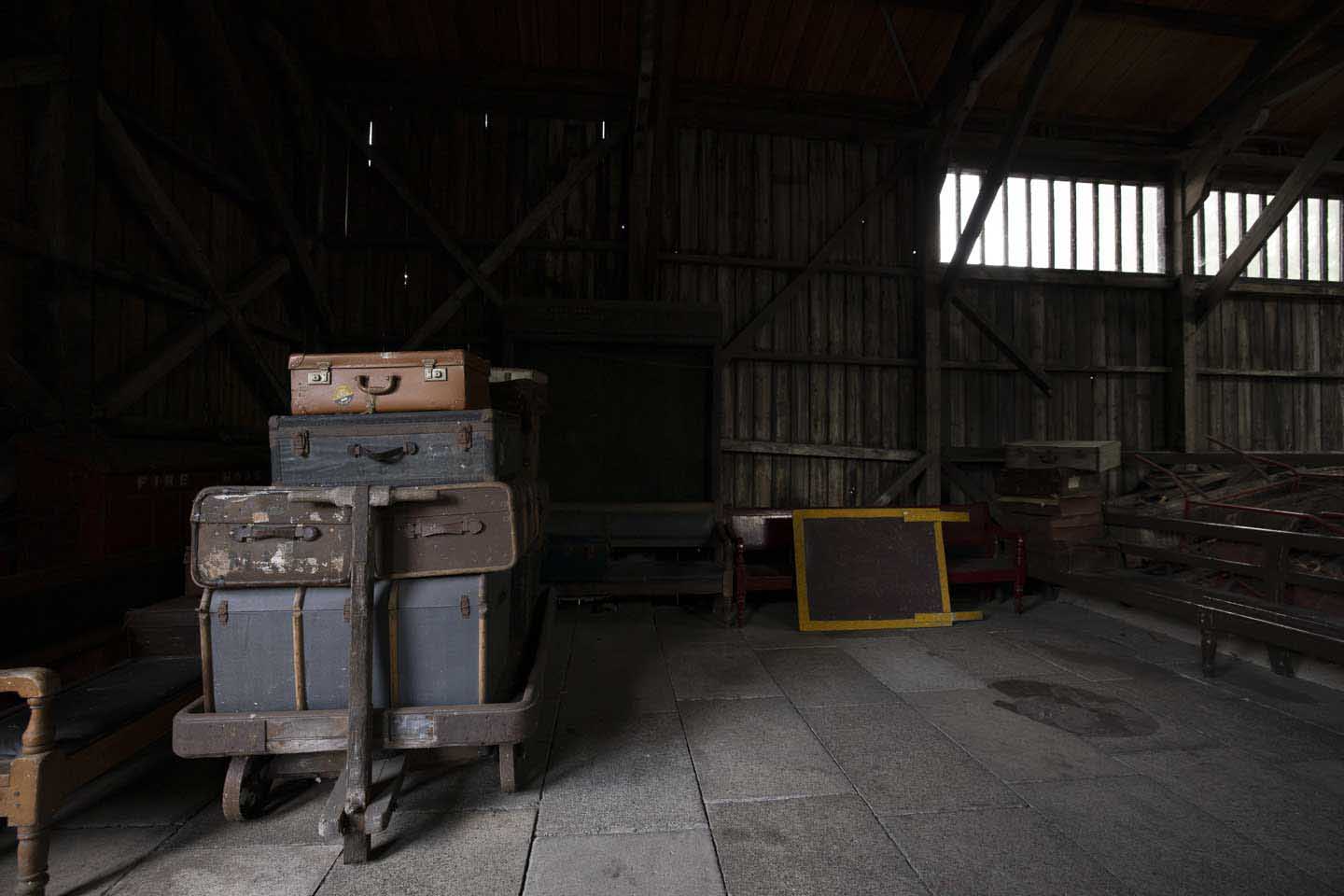
-
Exposure +3EV in Adobe CameraRaw
-
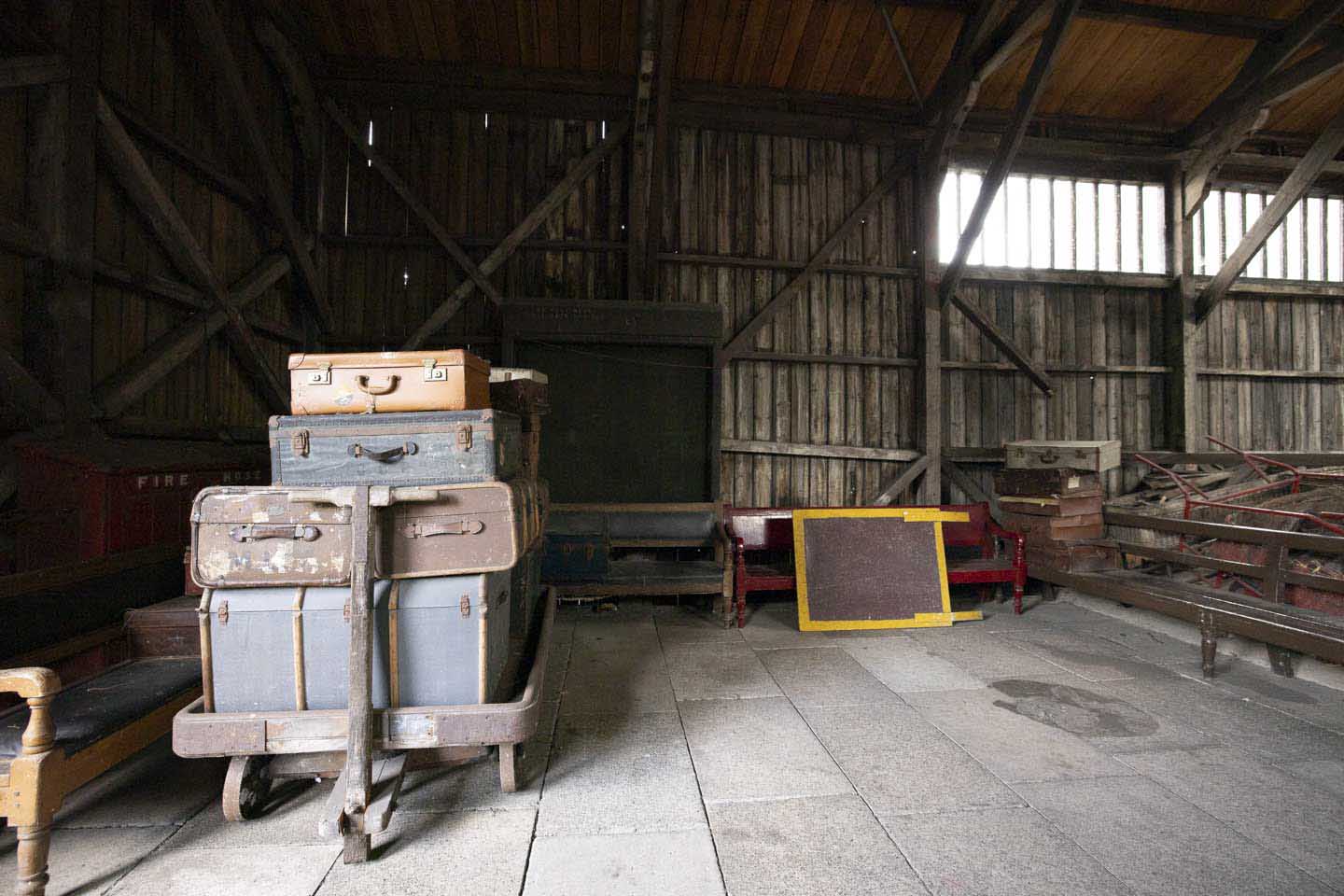
-
Exposure +5EV in Adobe CameraRaw
In reality, I would increase the overall exposure by around 2.7EV and then use the Shadows control to brighten the darker areas further to produce a result similar to the one below, which looks close to how I remember the scene. As you can see, the shadow areas are very dark so underexposing them gave the R6 a tough challenge.

Canon EOS R6 Autofocus Performance
Within a few moments of shooting with the Canon R6, I realised that the Face + Tracking AF system is astonishingly good. It’s simply brilliant when it’s combined with the Subject detection (which can be set to Human or Animal) and Eye detection. For example, it was able to spot, focus on and track the black eyes in the black feathers of Canada geese when I could hardly make them out myself.
It also manages to distinguish between humans and animals very well, and it identifies eyes even when they are very small in the frame. In the image below, for example, which was shot using the Canon RF 85mm f1.2L USM lens at f/1.2, the R6 detected one of the dog’s and stayed focused on it as I moved to compose the shot.
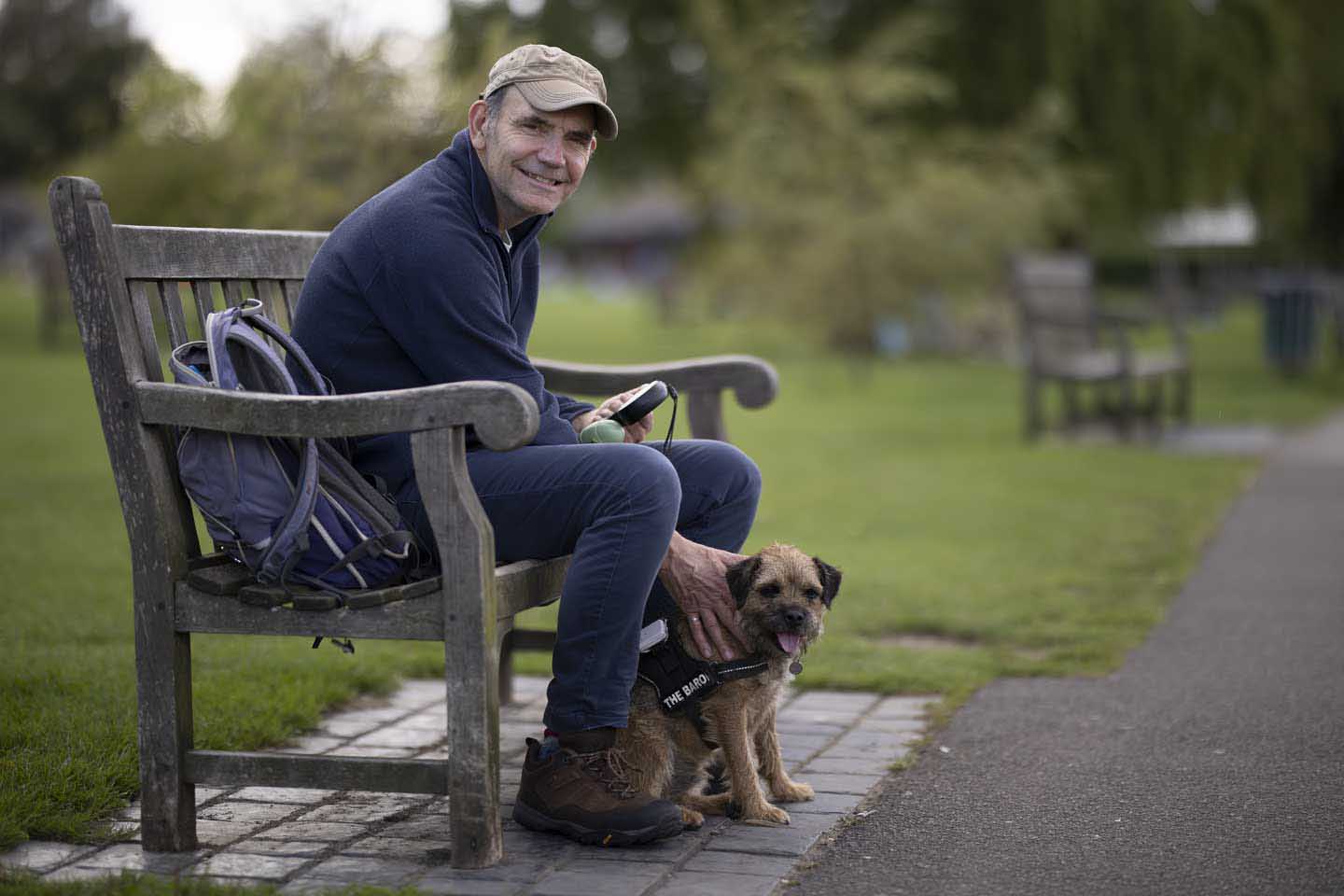
The images below were shot at 20fps (frames per second) and Canon R6 was quick to spot my dog entering the frame and stayed with him for the entire sequence, only moving the focus from his eyes to his shoulder in one shot.
I also tested the AF system with the Canon EF 70-200mm f/2.8L IS II USM lens mounted via one of Canon’s adapters and it was every bit as good as with an RF lens.
Canon EOS R6 Video Performance
The 1D X Mark II produces very high-quality 4K video, but it’s hampered by the fixed screen. Thankfully, there’s no such issue with the Canon R6. Also, its mirrorless design means that you can switch seamlessly between shooting using the viewfinder and using the screen to compose images or video.
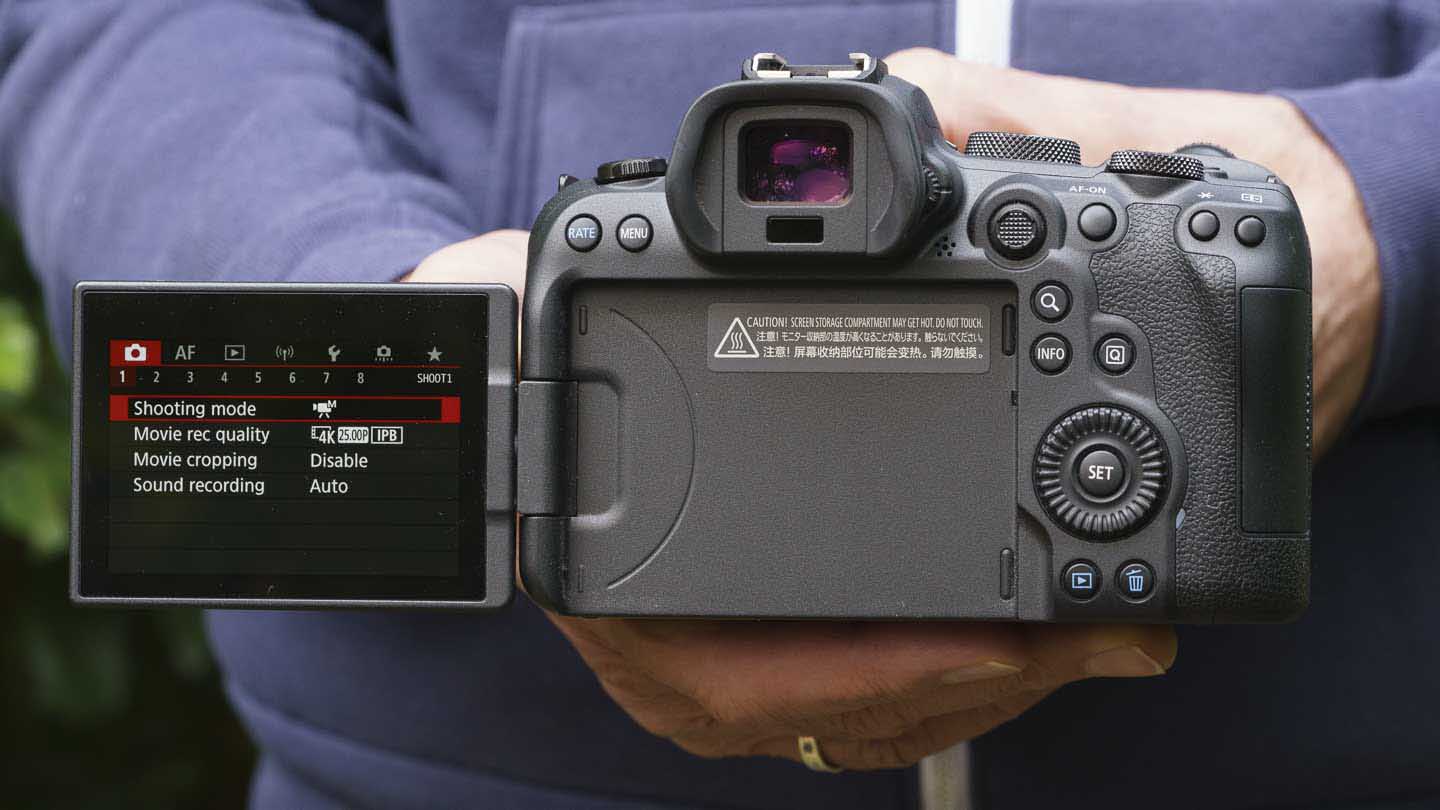
Shooting short clips of Full HD or 4K video with a few minutes between each proved no problem for the Canon R6, and the results are excellent.
The image stabilisation is especially impressive in video mode. When I was standing still, the camera delivered footage that looks almost like it’s on a tripod. And when I was standing in the moving carriage of a train, the footage is watchable. It even coped well with me walking.
However, the much-reported heat generation issue reared its head when I set the camera to record 4K video for a longer time.
Recording the first 30minute 4K (3840×2160) 25p clip was no problem. However, within a couple of minutes of pressing the record button a second time, the thermal warning appeared on the screen. The camera continued to record for a little longer before cutting out with only around 7.5 minutes recorded.
I let the camera cool for a short while, testing it occasionally to see if it would let me record again. After just under 10 minutes, it was recording again, but this time for only about 8 minutes. After that, I let it cool for just over 20 minutes. There was no thermal warning when I pressed the record button this time, but it soon appeared and the camera cut out after 9.5 minutes.
What’s especially concerning about this is that I wasn’t shooting in especially warm conditions, at a guess, I’d say it was around 18-20C in my office at the time.
I have had heat problems with other cameras in the past, specifically the Sony A7 III and A7R III, but only in hot conditions. To double-check that Canon is not being called out for something that other manufacturers also fail on, I set a Sony A7R III recording 4K video at 25p.
I was able to record 2 hours and 40 minutes of video in five 30-minute clips and one 10 minute clip before the fully-charged Sony battery died and I decided that the point was made.
There’s was a five-minute break between two of the clips when I didn’t realise that the A7R III had stopped recording, but the others were only spaced by 1 or 2 minutes. The Sony camera got warm to the touch but there were no overheating warnings and it only stopped recording when the battery was depleted.
Canon EOS R6 IBIS (In-Body Image Stabilisation)
As I mentioned earlier, the Canon R6 has 5-axis in-body image stabilisation built-in and it can work with stabilised Canon RF lenses to enable a shutter speed compensation of up to 8 stops.
When I was shooting with the RF 24-70mm f/2.8L IS USM at L 70mm, I got around a third of my images sharp when hand-holding 1-second exposures. That’s a compensation factor of between 6 and 7EV.
That means it’s possible to blur water and crowds of people while still getting motionless objects sharp without using a tripod.
Even without the Digital Stabilisation activated, the R6’s stabilisation is excellent in video mode. I shot quite a bit of footage while crouched down and not adopting an especially stable position, yet the footage is good. And when I was standing with the camera at waist-level, it looks like the camera is on a tripod.
I’m not the best at run-and-gun shooting, but the Canon R6 delivered watchable results when I filmed as I walked with the camera – you can see an example in the 4K video lower down in this review.
Canon EOS R6 Battery Life
Canon claims that the EOS R6 battery lasts for 380 shots when the EVF is used to compose images (with the EVF in power-saving mode) or 510 images when the screen is used in power-saving mode.
I stuck with the power-saving modes during the course of a shoot that lasted about 4 hours and I was able to shoot just over 800 images (raw and Jpeg, so that’s over 1600 files). Around 400 of those were shot at 20fps, plus I recorded just over 17 minutes of Full-HD video, and the battery indicator still had two bars showing.
